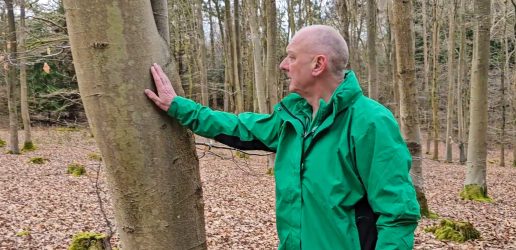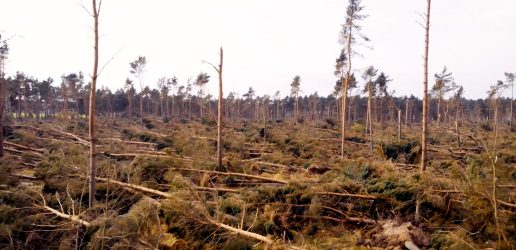Today Forest Research has published five new climate change factsheets summarising:
• Risks to our forests and woodlands
• Tree species choice
• Provenance choice
• Forest carbon
• Insect pests of trees
The factsheets provide concise summaries of information from scientific research and are aimed at practitioners, individuals and organisations who want to understand more about trees, forests and climate change. The new publications are part of a series of 17 climate change factsheets covering a wide range of topics including tree diseases, biodiversity, peatlands, and flooding.
Short and easy to understand, the factsheets break down detailed scientific evidence into critical figures and information. They also signpost to additional resources and tools including those in the Forest Research Climate Change Hub, to encourage and enable land managers and others to build their knowledge, make decisions and take action.
The publication of the factsheets comes at a time when practitioners are being urged to consider the climate change risks to trees, forests, and woodlands, and to take action to improve the resilience of newly created and existing forests and woodlands. They are also being urged to consider the management of forests and woodlands for the uptake and storage of carbon.
Explore the Forest Research climate change factsheet series.
Tree professionals working in arboriculture are being asked to take part in a new tree health survey as part of a DEFRA-funded project looking at pathways and practices concerning the tree disease, canker stain of plane.

Nature, the world’s leading multidisciplinary science journal, has published findings from a new global study investigating which tree species fix the most carbon.

Forest Research have released a new video about the increasing risks of wind and storms and ways to mitigate their damage, including by using ForestGALES.
Tree professionals working in arboriculture are being asked to take part in a new tree health survey as part of a DEFRA-funded project looking at pathways and practices concerning the tree disease, canker stain of plane.

Nature, the world’s leading multidisciplinary science journal, has published findings from a new global study investigating which tree species fix the most carbon.

Forest Research have released a new video about the increasing risks of wind and storms and ways to mitigate their damage, including by using ForestGALES.